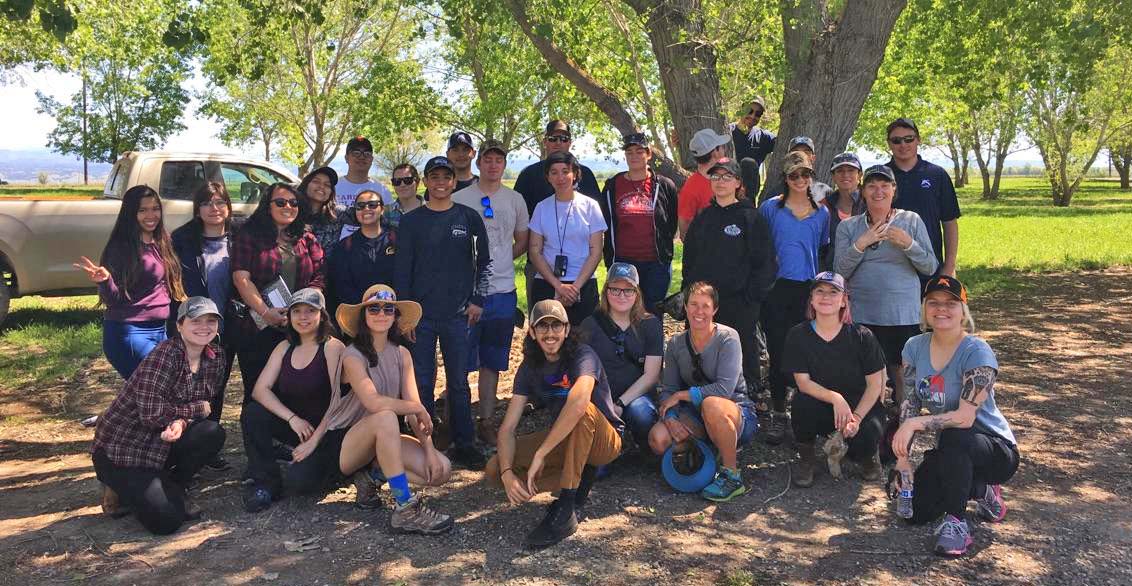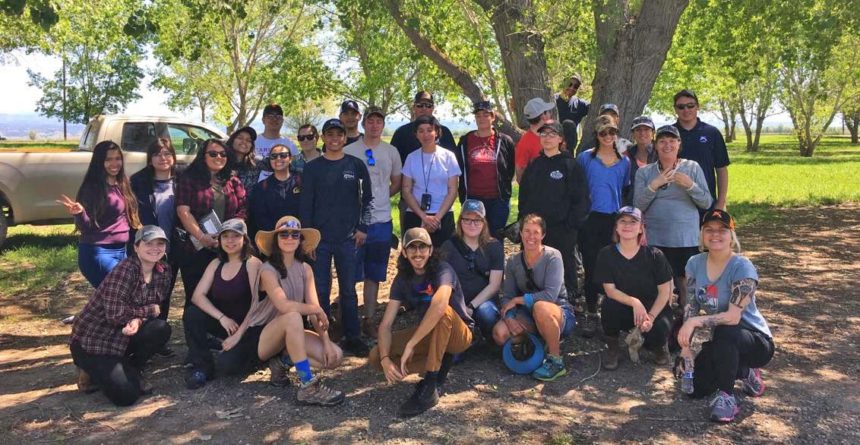
Apr 21, 2018
SF State students glimpse thriving habitat created by hunters
 (Durham, California) Forty San Francisco State University students who toured Rancho Esquon this morning left with the realization that hunters actually give back more than they take from the environment.
(Durham, California) Forty San Francisco State University students who toured Rancho Esquon this morning left with the realization that hunters actually give back more than they take from the environment.
The students were on a weekend-long field trip for their Geography of Water course, and they went to Rancho Esquon to learn about the interplay of agriculture and managed wetland habitat, as well as about CWA's California Wood Duck and Egg Salvage programs, which bolster populations of waterfowl that are limited by the loss of breeding habitat in California.
"One student said, 'I used to think hunters are evil, but now I see how important they are in providing habitat for wildlife,'" said CWA Waterfowl Programs Coordinator Caroline Brady. "They never realized how connected all the different systems are between agriculture, wildlife habitat, hunters and water.
"It was really great that we had some non-hunters who turned the corner on how they felt about hunting," said Brady, who is a hunter.
Brady led students on a tour of wood duck nest boxes at Rancho Esquon—which is both a working farm and managed wetland where hunting takes place—and talked to them about how nest boxes replace the natural tree cavities wood ducks would normally rely on if California's riparian habitats weren't so depleted. They even got to take a peek at a nest and learn how biologists use a technique called "candling" to discern how far along eggs are in the incubation process.
More than 38,000 wood duck ducklings hatched from CWA nest boxes in 2017. The wood duck nesting season in California is currently in full swing.
Brady also talked about CWA's egg salvage partnership with Rancho Esquon.
Each spring, ducks lay eggs in agricultural fields, drawn by the dense protective cover and the proximity to water, which ducklings need to reach within 24 hours of hatching. Sometimes the ducklings hatch and make it safely to water, but other times nests are lost to normal agricultural processes: discing, mowing and harvesting.
But a growing number of farmers are partnering with California Waterfowl and Rancho Esquon to rescue these nests and get them to hatcheries like Rancho Esquon's, where rescued eggs are incubated and the hatchlings reared for about five weeks before being released into the wild.
###
Interested in learning how to participate in the California Wood Duck Program? Check out Wood Duck 101 May 19 in Colusa - click here for more information.


